Serving the Greater Los Angeles Area 310-893-9903 aaa.asb.inspections@gmail.com
Hours: 8am-5pm
Fire / Smoke Testing Services
A fire can be extinguished in minutes, yet the microscopic contaminants it produces linger for months,
hiding in HVAC ducts, attic insulation, and wall cavities. Soot, char, and toxic gases settle on surfaces and
penetrate building materials, degrading indoor air quality and jeopardizing long-term health. Left
unchecked, these residues corrode electronics, stain finishes, and cause persistent smoke odors that
ordinary cleaning cannot remove.
At AAA Asbestos Inspections, we provide certified fire and smoke testing that uncovers hidden hazards so you can restore safely and satisfy insurance requirements. Using calibrated air pumps, surface-sampling cassettes, and accredited laboratory analysis, we pinpoint particulate levels, volatile organic compounds, and heavy metals before you authorize repairs or move occupants back in. Our clear reports guide contractors, adjusters, and property owners through the next steps with confidence, every step of the way.
What is Fire & Smoke Testing Used For?
Fire residues are not a single substance but a complex mix of solids and gases, each requiring different sampling and cleanup strategies.
Fine carbon particles cling to ceilings and electronics, while heavier ash settles in carpet fibers and wall cavities. Both carry polycyclic aromatic hydrocarbons that irritate lungs and worsen asthma. Mechanical cleaning alone often redistributes them, so precise sampling helps crews target hot spots and choose HEPA vacuums or media blasting.
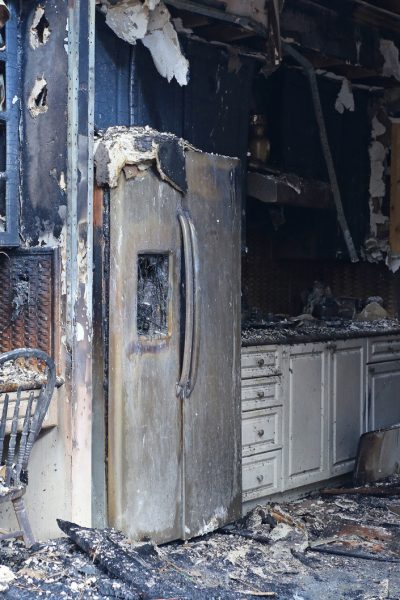
Smoke contains hundreds of VOCs released when plastics, paints, and fabrics burn. These gases embed in porous materials and off-gas for weeks, causing headaches, dizziness, and a stubborn odor. We deploy sorbent tubes and detectors to measure spikes, guiding scrubber placement and filtration time.
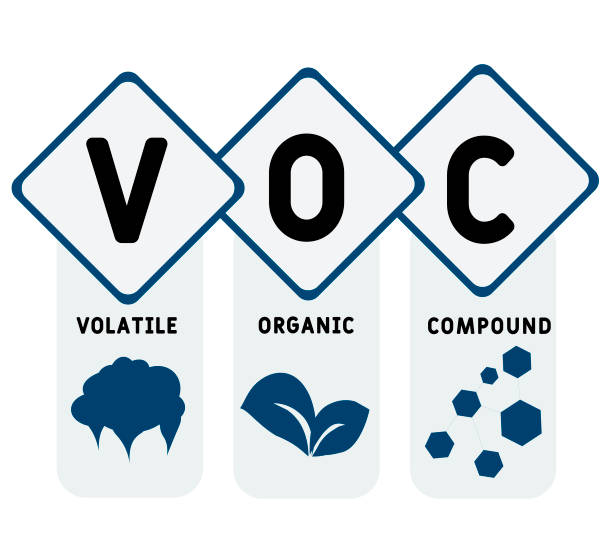
Burned wiring, electronics, and painted surfaces can release lead, cadmium, and mercury that condense on cooler surfaces. These residues pose chronic risks when they become airborne dust during demolition. Laboratory digestion and plasma analysis confirm metal loading, so teams can decide on sponges, encapsulants, or full removal.
![Heavy-Metals-in-Foods-AGQ-Labs[1] Heavy-Metals-in-Foods-AGQ-Labs[1]](https://aaaasbestosinspections.com/wp-content/uploads/elementor/thumbs/Heavy-Metals-in-Foods-AGQ-Labs1-r657x4q080tpijq9ag3ym8a5n4bqnhakv71rasx84w.jpg)
AFTER THE FIRE
Health & Property Risks Following a Fire Event
Airborne soot, fine ash, and vaporized chemicals can linger at unsafe levels long after the flames are out.
Inhaling these particles irritates bronchial passages, tightens airways, and elevates heart rate, placing young children, seniors, and those with asthma or heart disease at immediate risk. Some combustion by-products, such as acrolein and benzene, are classified as carcinogens that may cause long-term lung damage when exposure is repeated during cleanup.
Professional testing quantifies particulate mass and chemical concentrations so restoration teams can
establish engineering controls that protect occupants and workers.
Smoke residues are acidic. When they settle on wiring, circuit boards, or metal framing, they accelerate corrosion, leading to hidden electrical failures months later. Porous materials, like insulation, drywall,
and carpet, absorb soot and volatile compounds, creating stubborn odors that re-emerge with humidity.
Certain by-products, such as chloride salts from burning PVC, draw moisture and weaken fasteners and joists. Laboratory analysis of wipe samples identifies corrosive ions and guides decisions on sealing,
replacement, or specialized chemical treatments before expensive rebuild work begins.
GET STARTED
Our Intensive Fire/Smoke Testing Process
Every investigation follows a strict protocol designed to document contaminants, satisfy insurers, and guide safe restoration. Take a look.

Site assessment and moisture mapping
Inspectors tour the property, note burn patterns, and use thermal imaging plus moisture meters to locate hidden pockets where soot and vapor have migrated.
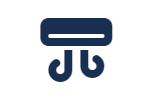
Air and surface sampling
Calibrated high-volume pumps collect airborne particulates on quartz filters while sorbent tubes capture volatile organic compounds. Wipe samples from walls, vents, and electronics to measure soot loading, pH, and corrosive salts.
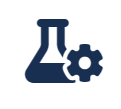
Accredited Laboratory Analysis
Chain-of-custody samples travel overnight to an ISO 17025 laboratory that performs gravimetric mass determination, gas chromatography for VOC speciation, and inductively coupled plasma analysis for heavy metals.
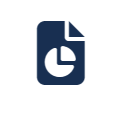
Detailed reporting
Within forty-eight hours, you receive a digital report comparing results to EPA and AQMD indoor air guidelines. Color-coded tables highlight exceedances, and annotated floor plans pinpoint hot spots for targeted cleaning.

Remediation guidance and clearance testing
We explain engineering controls, filtration requirements, and material removal thresholds, then schedule follow-up testing to confirm that air and surfaces meet clearance criteria before re-occupancy or final insurance sign-off.
Compare Our
Residential vs. Commercial Testing Solutions
Smoke residues in homes often concentrate in bedrooms, kitchens, and attic insulation. Our inspectors focus on living spaces where families spend the most time, collect air samples at child-breathing height, and test soft furnishings that trap odors. Reports translate technical findings into clear action items so homeowners and contractors know exactly where to clean or replace materials.
Large floor areas, mechanical rooms, and interconnected HVAC zones complicate contamination paths. We deploy multiple high-volume air pumps to capture spatial variations, perform wipe tests on sensitive equipment, and schedule sampling outside business hours to avoid downtime. Digital floor plans map particulate density and VOC hotspots across work zones, giving facility managers and insurers a precise roadmap for phased remediation that keeps revenue streams active while ensuring employee safety.
![Portland+Oregon+Asbestos+Testing[1] Portland+Oregon+Asbestos+Testing[1]](https://aaaasbestosinspections.com/wp-content/uploads/elementor/thumbs/PortlandOregonAsbestosTesting1-r657x4q080uufqetylgvofy6et85798y261fcpz680.jpg)
Staying Compliant With Insurance & Regulatory Requirements
After a fire, multiple agencies and stakeholders impose testing and documentation rules. Insurance
carriers often require a particulate and VOC profile before approving restoration budgets, while city
building departments ask for clearance data before issuing a re-occupancy permit.
In Southern California, the South Coast Air Quality Management District enforces Rule 403 for dust
control, and Cal/OSHA mandates an exposure-control plan when workers face airborne contaminants above permissible limits. Our sampling protocol aligns with EPA Indoor Air Quality guidelines and follows ISO 16000 laboratory methods, which means adjusters, inspectors, and municipal reviewers accept the results without delay.
Each report includes a chain-of-custody log, laboratory certificates, and a summary that compares
airborne and surface concentrations to established reference levels. By delivering standardized data in a single digital package, we help owners secure insurance funding, satisfy regulatory inquiries, and move forward with restoration on schedule.
Why Us?
Trusting AAA Inspections with Your Los Angeles Fire & Smoke Testing
Our inspectors hold Council-certified Fire and Smoke Damage Consultant credentials, maintain Cal / OSHA safety training, and carry full liability insurance, so you can trust that sampling, documentation, and on-site protocols meet the highest professional standards.
We deploy calibrated high-volume air pumps, portable photoionization detectors, and laboratory-grade wipe media that capture a complete profile of soot particles, VOCs, and heavy metals in a single visit, reducing return trips and project delays.
Most laboratory results and the written report reach your inbox within forty-eight hours. Quotes are flat rate and cover inspection time, sample media, lab fees, and the final digital package, eliminating surprise add-ons during the claims process.
We do more than drop off numbers. Our team explains data in plain language, recommends engineering controls, and schedules clearance testing after cleanup. Whether you are a homeowner navigating your first insurance claim or a facility manager coordinating multi-phase remediation, we stay available until
every question is answered and every requirement is met.
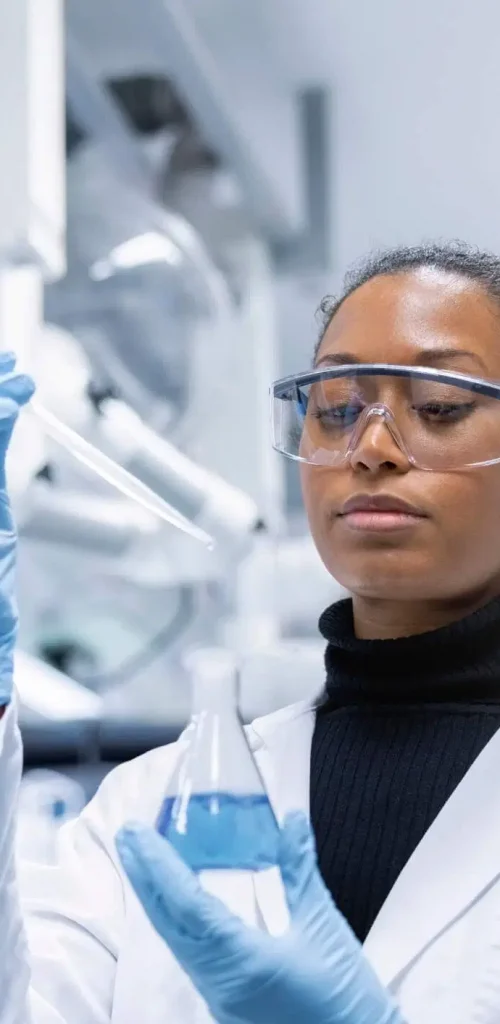
Restore Your Space With Certified Fire/Smoke Testing
Hidden smoke contaminants can undermine health, corrode infrastructure, and derail restoration
budgets. Accurate testing delivers the evidence adjusters need and the guidance contractors rely on to
complete repairs safely.
Protect your property and peace of mind by partnering with AAA Asbestos Inspections. Contact us today
to schedule certified fire and smoke testing and move forward with confidence.
State Certified Experts
Our asbestos and mold inspections are provided by Certified Asbestos and Mold Consultants.
Homeowners and commercial property owners who are planning to demolish or renovated their property are required by the State to have their property inspected prior to commencement of work.
Licensing
Asbestos License 12-4983
Lead License 00008276
Contact Info:
Phone: 310-893-9903
Copyright © AAA Asbestos Inspections; All Rights Reserved.